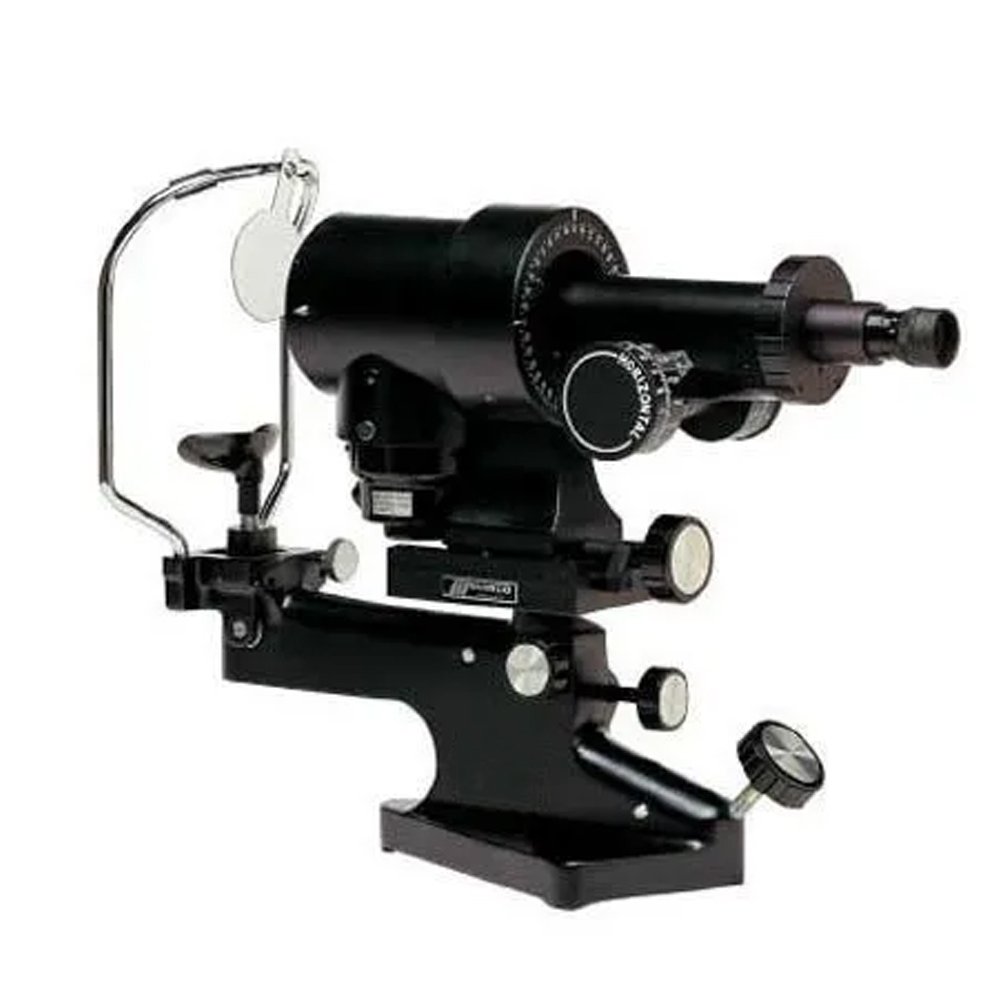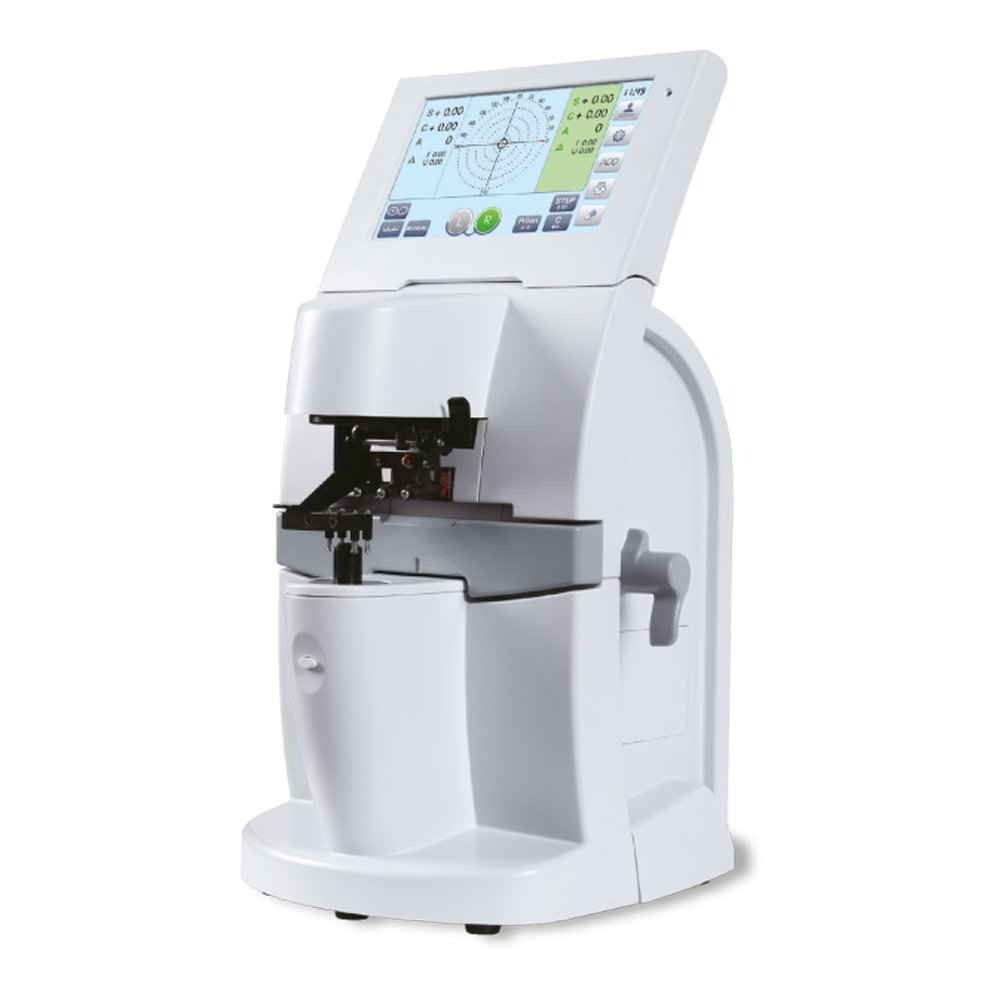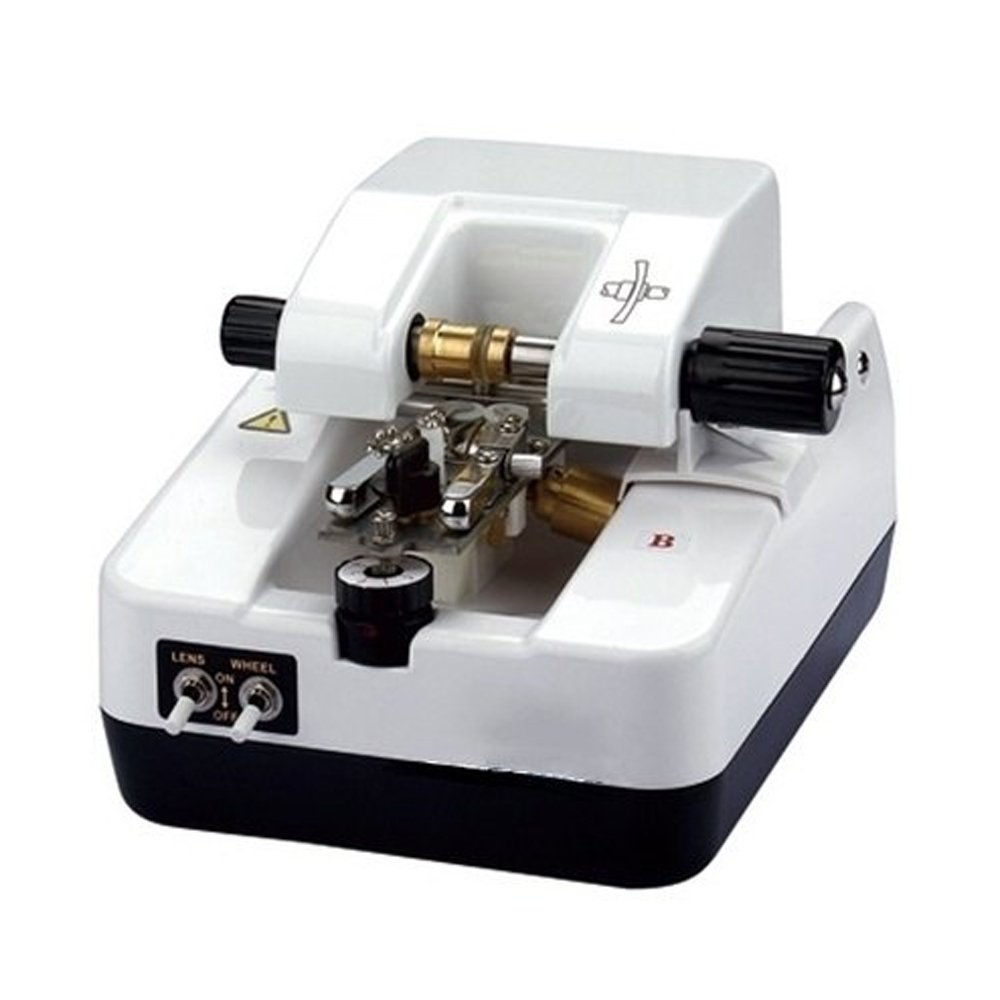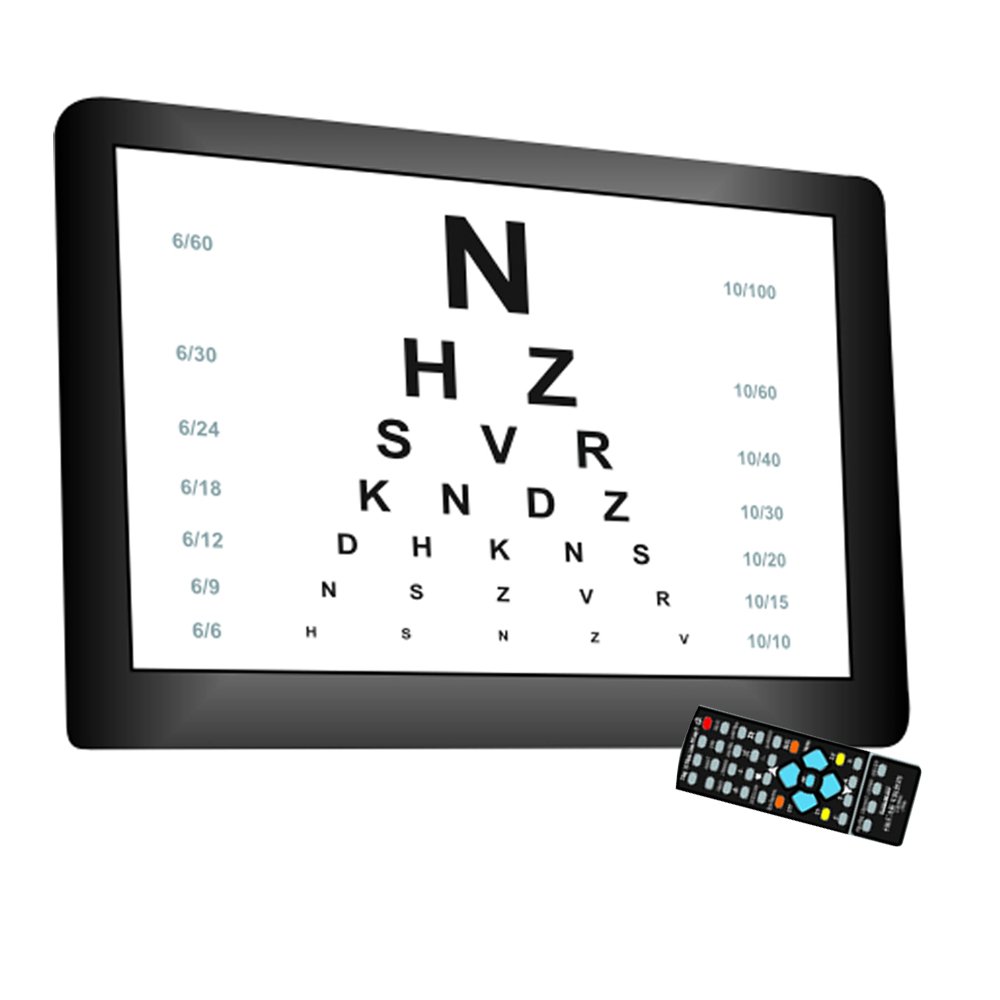Corneal Curvature Measurement:
The primary function of a keratometer is to measure the curvature of the cornea, specifically the radius of curvature of its anterior surface.
It quantifies the corneal curvature in diopters (D), helping determine the degree and axis of corneal astigmatism.
Principle of Operation:
The keratometer employs the principle of optical imaging to observe the corneal reflection mires, which are formed by illuminated rings on the corneal surface.
By analyzing the size and distortion of these rings, the instrument calculates the corneal curvature.
Mires and Image Rings:
The keratometer projects a series of illuminated mires or image rings onto the cornea.
The examiner adjusts the instrument until the mires are focused and aligned, and the instrument then measures the size and distortion of the rings.
Diopter Scale:
The keratometer features a diopter scale that provides readings corresponding to the corneal curvature.
The scale assists in determining the power and axis of astigmatism.
Cylinder Axis Marking:
Some keratometers include a cylinder axis marking to help determine the axis of astigmatism accurately.
This is crucial for prescribing corrective lenses that address both spherical and cylindrical components.
Adjustable Instrument Head:
The instrument typically has an adjustable head to accommodate different patient and operator positions.
The examiner aligns the instrument with the patient’s cornea for accurate measurements.
Practical Applications:
Keratometers are used in various clinical situations, including preoperative evaluations for refractive surgery, contact lens fittings, and the assessment of corneal irregularities.
Non-Invasive Procedure:
The procedure is non-invasive and well-tolerated by patients, involving no contact with the eye.
Portability:
Some modern keratometers are designed to be compact and portable, allowing for flexibility in their use within a clinical setting.
Maintenance:
Regular calibration and maintenance are essential to ensure the accuracy of keratometer readings.
Cleaning of lenses and alignment components is important for optimal performance.






Reviews
There are no reviews yet.